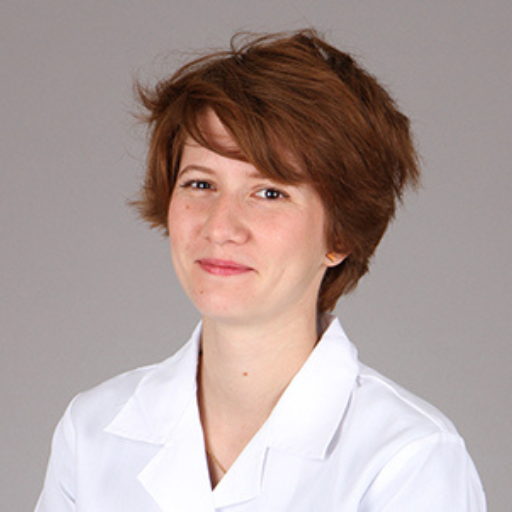
Marie-VictoireGuillot-Sestier
PhD
Location
Los Angeles, CA, USA
Current Organization
University of Southern California
Biography
Marie-Victoire Guillot-Sestier, PhD, is a postdoctoral research scholar in the Zilkha Neurogenetic Institute at the University of Southern California. She completed her doctoral studies in cellular and molecular aspects of neurobiology at the University of Nice-Sophia Antipolis (France), where she worked on the production and function of peptides derived from proteins like β amyloid precursor protein (βAPP) and the cellular prion protein (PrPc) involved in neurodegenerative diseases. During this time, she exposed a neuroprotective function associated with N1, the soluble N-terminal fragment of the PrPc, and its ability to protect against Aβ toxicity. Three years ago she transitioned to Terrence Town’s laboratory at USC to focus her work on the contribution of immune cells and pathways in the pathoetiology of AD. Her recent work shows that blocking the production of the anti-inflammatory agent IL-10 boosts immune cells to clear β-amyloid from the brain of transgenic AD-like mice. These findings validate the concept that “re-balancing” innate immunity to wipe away toxic plaques from the brain may bring new hope for a safe and effective treatment for AD.
“Alzheimer’s disease is devastating physically, psychologically, and emotionally for both patients and their families. It is the public health crisis of our time. I am extremely grateful that the BrightFocus Foundation has awarded my project with their interest and trust. This support, through the generosity of the donors, is fundamental for basic research to evolve, for our knowledge to expand, and for our hopes of curing Alzheimer’s disease to be kept alive.
Finding a cure for Alzheimer’s disease is one of the greatest challenges for a neuroscientist. I am happy and proud to be contributing my time and energy to the international scientific effort aimed at unraveling the pathoetiology of this disease. Through this proposed project and beyond, I am strongly committed to focusing my career on providing a more detailed picture of the immune mechanisms taking place during the disease process. In the long term, I believe that our findings will help identify new therapeutic targets that assist in developing of a safe and efficient cure.”


